Introduction:
During the launch of the Chilmington Green Archaeology Project while visiting St Mary’s Church, Great Chart, AOC’s Becky Haslam discovered a small graphite drawing in the entranceway of the church. Realising it depicted what appeared to be a Second World War tank, Becky and the Chilmington Archaeology & History Research Group have investigated how a tank came to be graffitied in that spot: were tanks more a part of the landscape around St Mary’s than elsewhere during wartime?
Clues in Hothfield Common
Authors: Hilary Goodyear and Sarah Selling, Chilmington Archaeology & History Research Group
A First World War Mark IV tank has stood in St George’s Square in Ashford Kent since 1919, but our St Mary’s tank graffito bears a much closer resemblance to World War II tanks.
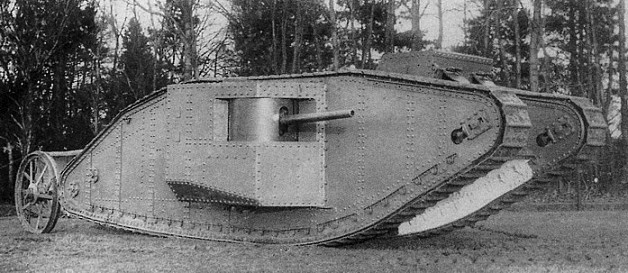
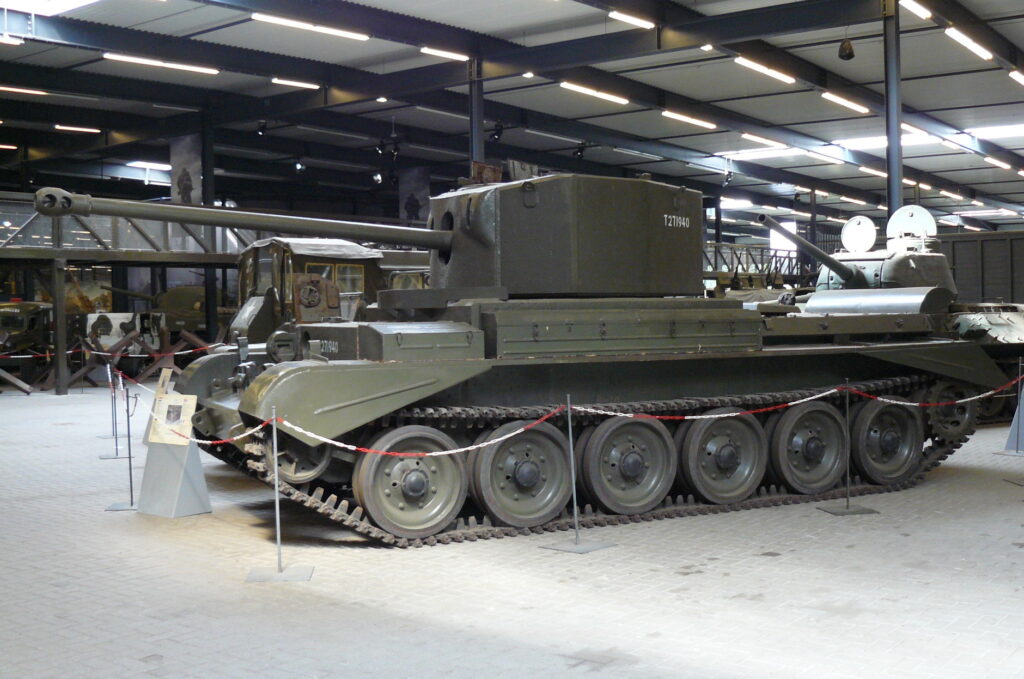
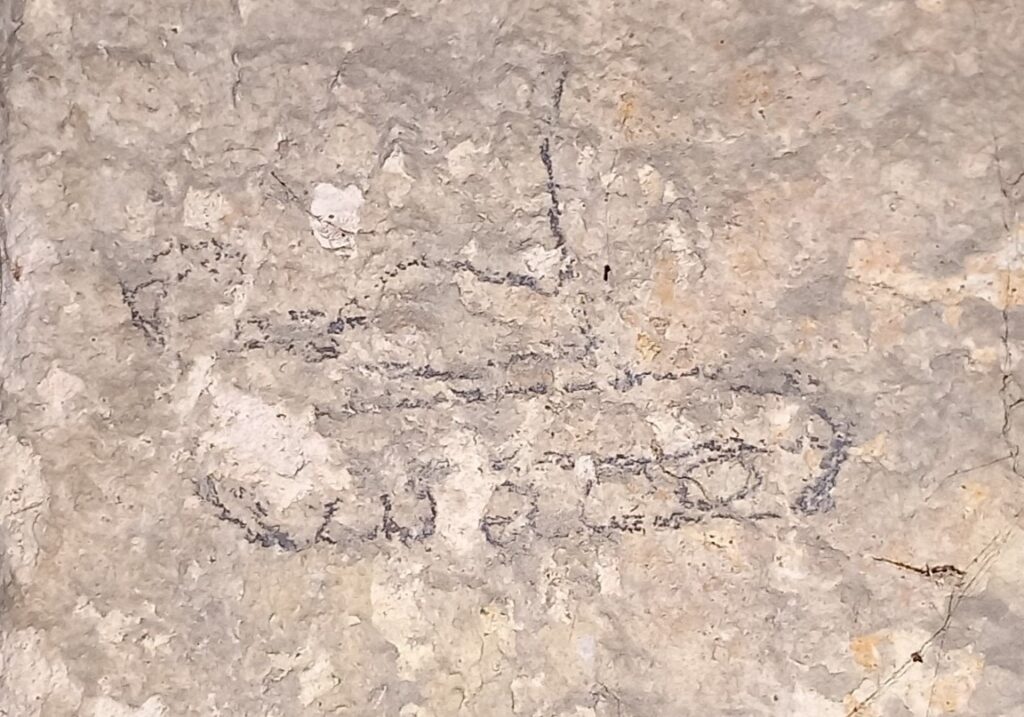
We know that the British army had troops stationed and training using tanks at Hothfield Common, having commandeered both the common and Manor during the Second World War, and it appears likely that it was that generation of tanks that inspired the graffito.
Hothfield Common was commandeered by the army for training and as use as a Prisoner of War camp. It was still remembered in 2008 for being a place where one could find tanks parked in the woods, and residents could still find bullet casings in gardens and fields at that time.[i]
Corporal Arthur Bridge was based at Hothfield Camp. He was in the 9th Battalion Worcestershire regiment, and one of a total of 1,200 infantry that were stationed on the Common. Arthur was impressed by the Nissen hut accommodation, the bathing arrangements and the Mess Hall…but not the toilets.
“For a long period in 1945 I was an 18-year-old Corporal in 9th Btn the Worcestershire Regiment on Hothfield Common. The 9th Worcestershire was situated on the left-hand side of the road and on the right-hand side was a battalion of the Royal Warwickshires. So, you had two battalions, approx. 1,200 infantry soldiers, camped there. I say camped, but from a Worcestershire point of view it was a fine posting. The Nissen Huts were in good condition and all paths and in-camp roadways immaculate. There was a very good bath area, a fine Mess Hall and always plenty of hot water. The only drawback was the toilets!!! They consisted of pits, planks and canvas. I suppose they may had [sic] been but I never remember them being emptied. Things must have grown very well there for years after! I remember my time at Hothfield fondly. The countryside was lovely. Ashford in those days was a pleasant market town.”[ii]
Derek Allen of Hothfield also recalled exchanging with the camp cook some rabbits he had caught using his ferrets for other items. He also saw tanks on exercise around the various tank traps and hollows which are still evident on the Common.
“There are other training trenches still very clearly defined, including a grenade range.”[iii]
So, we can say that tanks likely were a noticeable and common sight in the local landscape, even for civilians, during wartime. But who drew the graffito? Someone local? A service man? A prisoner of war?
The St Mary’s tank graffito is at an unusual position on the wall: too high to be drawn by a small adult or child if standing on the church flagstones, yet too low down to be drawn by an adult if they had drawn it, as the position otherwise suggests, while standing on the entranceway’s benches. Could this have been drawn by a local child inspired by what they had seen nearby at Hothfield, while waiting to attend a service at St Mary’s? Or a particularly tall serviceman?
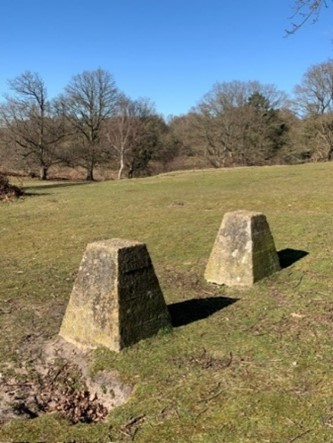
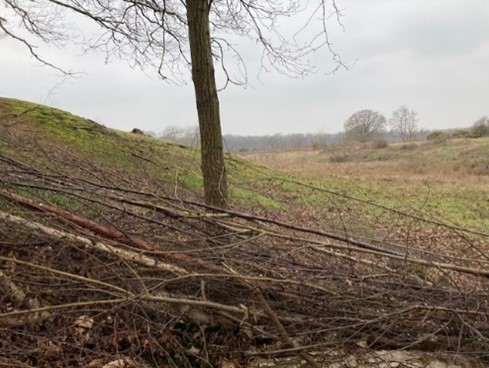
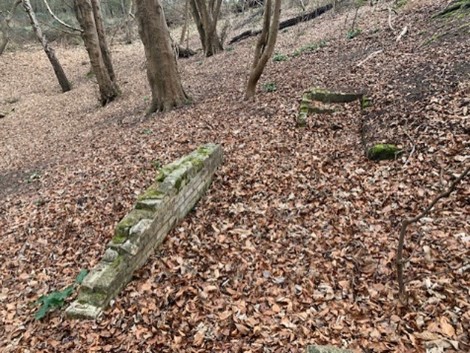
[i]https://www.bbc.co.uk/kent/content/articles/2008/08/20/hothfield_history_feature.shtml
